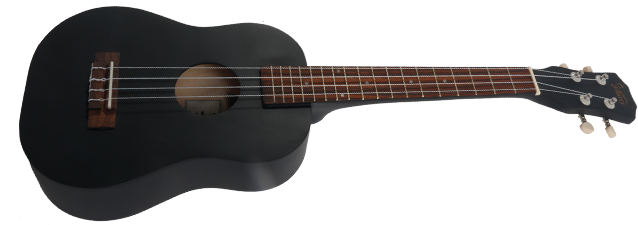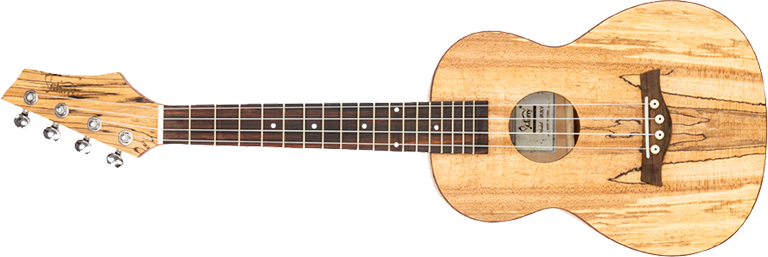
All Categories
Guitars Acoustic Guitars Bass Guitars Electric Guitars Left Handed Electric Guitars Strings Violins Violas Cellos Electric Violins Drums & Percussion Acoustic Drums Electric Drums Keyboards Digital Pianos Electronic Keyboards Wind Instruments Saxophone Brass Instruments Woodwind Instruments Accessories Amps Cases Music Stands Strings Support FAQs NEWs Video Instructional Resources Review Cooperate Wholesale ProgramHow to Choose a Ukulele?
The soprano, often called "standard" in Hawaii, is the second-smallest and was the original size.Soprano is known for its thin, jangly sound so commonly associated with ukuleles. It's perfect for traveling.

The concert size was developed in the 1920s as an enhanced soprano, slightly larger and louder with a deeper tone. Sometimes, the concert ukulele referred to as the alto, is just a little bit bigger than the soprano and some would consider it to have a fuller sound. It’s commonly tuned in standard like the soprano uke although some people will opt to tune their G down an octave (linear tuning).

Shortly thereafter, the tenor was created, having more volume and deeper bass tone.
The tenor ukulele is just a little bit bigger than the concert uke. The overall sound and tone is even fuller than it’s smaller brothers. For performers, the tenor ukulele is great because you get a rich full sound, and since you have more frets, you’re able to reach higher notes on the fretboard.

The baritone (resembling a smaller tenor guitar) was created in the 1940s, and the contrabass and bass are recent innovations (2010 and 2014, respectively). The baritone ukulele is the biggest of the ukuleles. It’s tuned down lower to DGBE, which is equivalent to the tuning of the bottom four strings on a guitar.
Baritone ukes are great for blues players and fingerpickers, or those who prefer that deeper and fuller sound.

